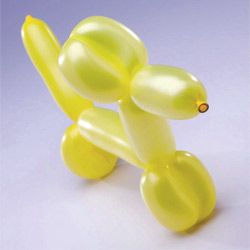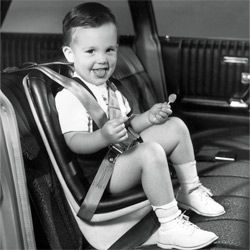Key Takeaways
- Initially made from animal intestines and now from latex, balloons offer a high fun-to-cost ratio.
- Evolved from simple restraints to advanced safety devices, modern car seats significantly reduce the risk of fatalities in crashes.
- The Hula-Hoop, a simple invention by Wham-O in 1958 using a plastic called Marlex, sparked a nationwide craze.
Edison, Bell, the Wright Brothers -- sure, their inventions changed the world, but they never seemed to think up anything for the kids. If they had, there might have been a big payday waiting for them. In 2009, the toy industry generated more than $21 billion in revenue despite a down economy, and that figure doesn't include candy, clothing and all sorts of other things made specifically for kids [source: NPD].
Inventing for kids can reward more than bank accounts. For instance, Ralph Baer, known as the "Father of Video Games" for inventing the first video game console, was awarded a National Medal of Technology by President Bush in 2006 [source: Hawkins]. So which inventions for kids landed in our top five? Read on to find out.
Advertisement





